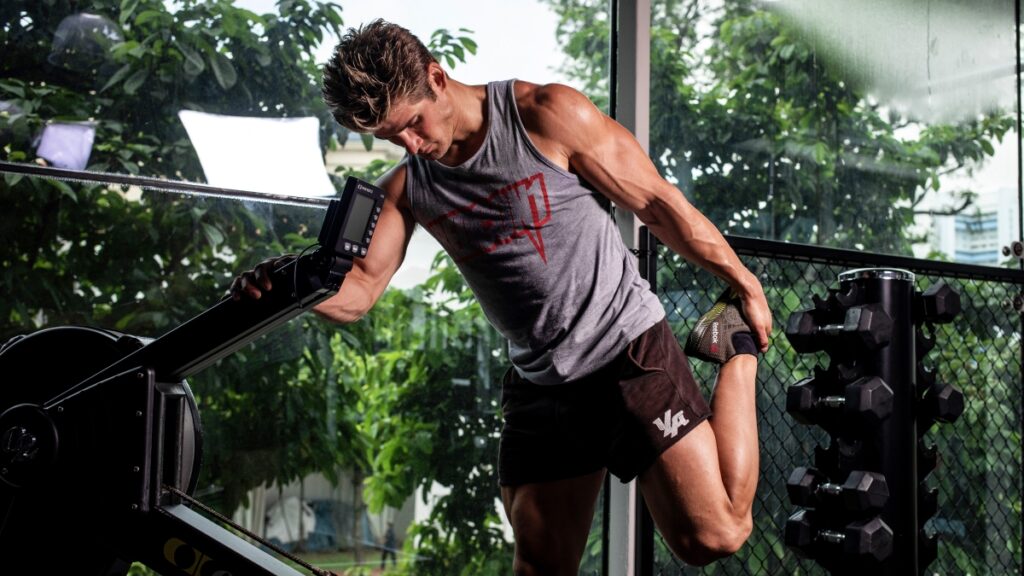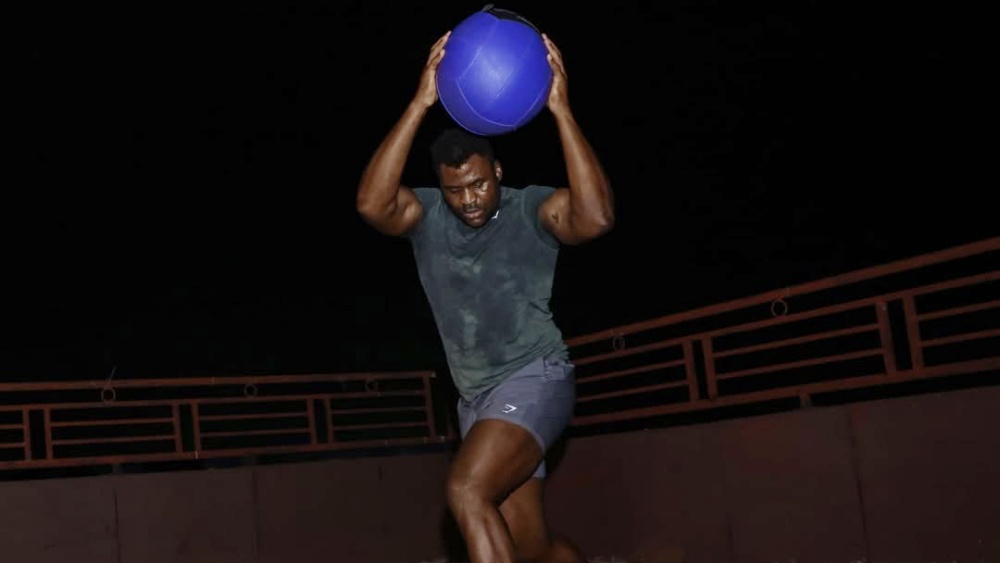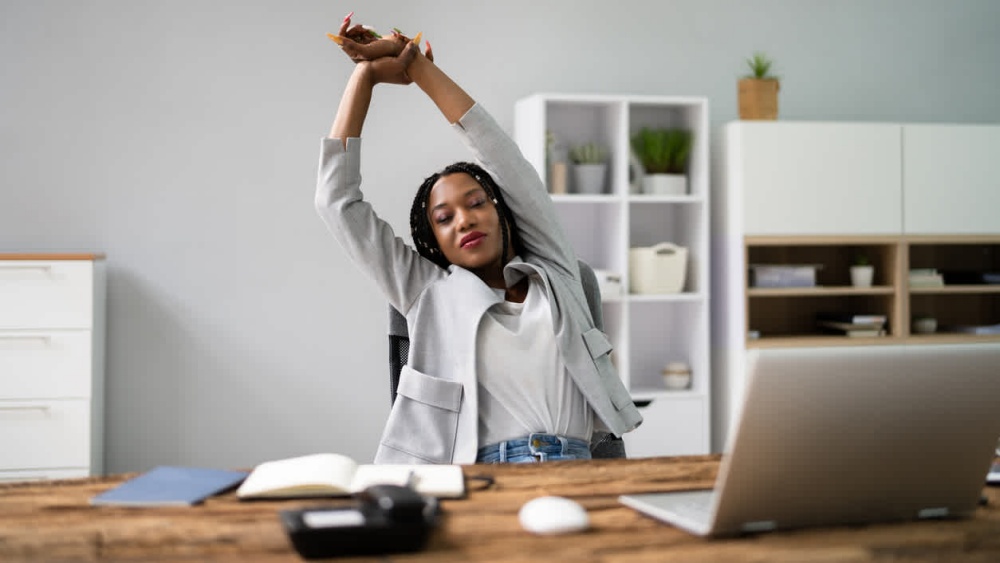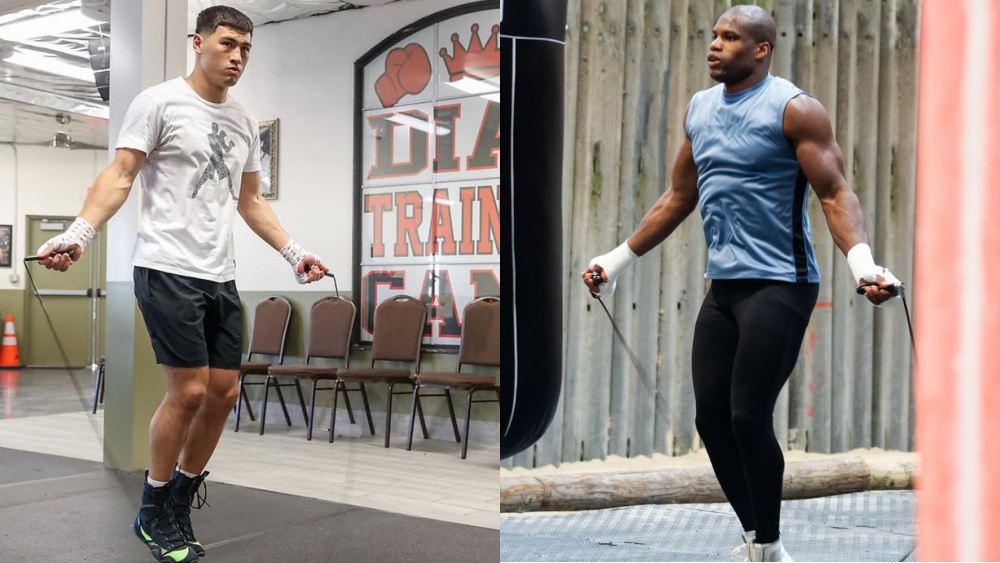Be it a martial artist or an athlete, you need to be flexible if only to avoid the type of injuries that result from stiff muscles and creaky bones. If you are a BJJ practitioner, improved flexibility gives your joints a wider range of motion which allows you to execute and defend against many of the techniques used in BJJ more effectively.
A flexible body can also serve you well when a seemingly typical day decides to throw you a curveball. This is where stretching exercises come in. They allow you to remain limber no matter where you are or what you’re doing.
Stretching exercises are also beneficial as you prepare for a workout, where they form part of your warm-up routine that protects you from injury.
Types of stretching exercises
Stretching is an umbrella term that covers everything from warm-up exercises to physiotherapy. This means that you can stretch in preparation for a brisk workout, and you can stretch to treat an injury or a chronic condition. Here are some of the most common types of stretching exercises:
- Dynamic stretching: Moves parts of the body to increase speed of movement and range of motion.
- Active stretching: This type of stretch involves you holding a certain position for some time, usually 10 to 15 seconds.
- Passive stretching: Where you hold a certain body part in a specific position with the help of your arm or some other body part.
- Static stretching: This is actively stretching a specific body part as far as you can, for a short period.
- Isometric stretching: Involves flexing certain muscles to overcome an opposing force. This is the underlying principle in resistance training.
- PNF stretches: This combines passive and isometric stretching. This type of stretching stimulates the muscles and the nerves that serve them, which is useful for the rehabilitation of an injury or a stroke.
From the list above, it is evident that stretching will sometimes require the help and supervision of a professional.
A physiotherapist may need to oversee and help with stretching exercises that help to heal an injury. An athlete may need the help of a fitness coach to oversee stretching for intensive training. Short explainers for stretching exercises can also guide you to improve your day, even when you’re at work.
Simple stretching exercises that you can use every day
What comes next is a series of short descriptions of stretching exercises. We cover the muscles that each exercise targets, as well as the benefit of the exercises. Lastly, you get to find out where a specific exercise fits in the categories from the previous section.
1) Calf stretch with an exercise band
This exercise works the calf muscle while gently flexing the Achilles tendon. It is a form of isometric stretching that requires the use of an opposing force. In this case, the resistance takes the form of an exercise band. Here is how to stretch the calves:
- Get a hold of a yoga strap or exercise band and lie on your back. Use an exercise mat to cushion your back.
- Bend your left leg so that the sole of your left foot sits flat on the floor. The foot should be level with the knee of your right leg, which should be stretched straight.
- Now, bend the knee of your right leg towards your chest and loop the resistance band around the ball of your right foot.
- Pull the band taut, but not impossibly tight.
- Now, straighten your right leg as far as you can, using the band as resistance.
You may need the input of a trainer to tell you how far you should push yourself. It takes moderation to perform this type of exercise without causing injury to your calf muscles or tendons.
2) Foot dome
This is an excellent exercise for people who suffer from foot problems like flat-foot and plantar fascia. The exercise offers a nice massage that loosens the muscles while providing relief from soreness. You’ll need a golf ball to perform this stretch.
Place the ball on the ground and place the middle of your foot on top of the ball. Now, move your foot around while keeping the ball in place.
3) Glute bridge
This is another floor exercise that targets the lower half of the body. It stretches the muscles of the hips while working the butt and thigh muscles. This is a form of dynamic exercise that can help you warm up before a workout session. The glute bridge is also effective as a standalone exercise.
Lie on your back with your knees up and the soles of your feet flat on the exercise mat. Engage your butt muscles and lift your hips off the exercise mat. Hold the position for a couple of seconds before lowering your hips and butt back onto the mat. Do as many reps as you need to.
You can also do the exercise with one leg up in the air, at a 90-degree angle to your torso.
4) Quad stretch
https://www.youtube.com/watch?v=zFpq_j453hQ
Stand up straight, with your feet apart, at hip distance. Fold your right leg behind you and grab your ankle with your right hand. Hold that position and maintain both your posture and your balance. Also, engage your right glute muscles the whole time.
Repeat the same posture by holding the left ankle with the left hand. Hold this position as long as you can, without hurting yourself. The quad stretch is passive stretching that targets the muscles of the hips, thighs, and calves.
You can’t go wrong with a few good stretching exercises
Stretching is underrated, given that simple stretches can improve your sense of wellbeing on any given day. Subtle moves can keep the circulation going through the course of a day in the office. Localized moves double as physiotherapy to remedy chronic stiffness or injury. Improving your flexibility will improve your performance as a martial artist and an athlete.
In fitness settings, a good stretch is a great start to a workout. All these are great reasons to memorize and perfect a range of stretches to target different parts of your body.
You may also like:

















